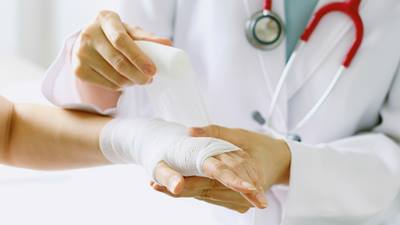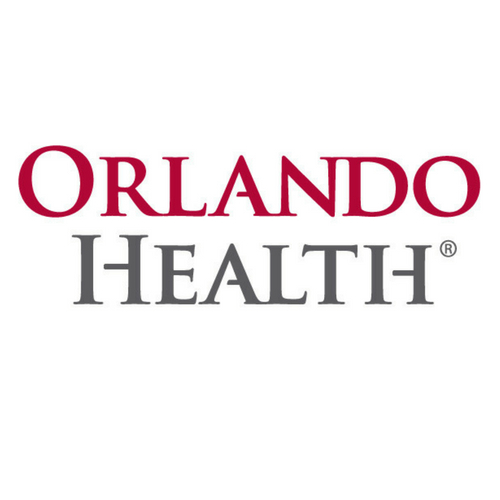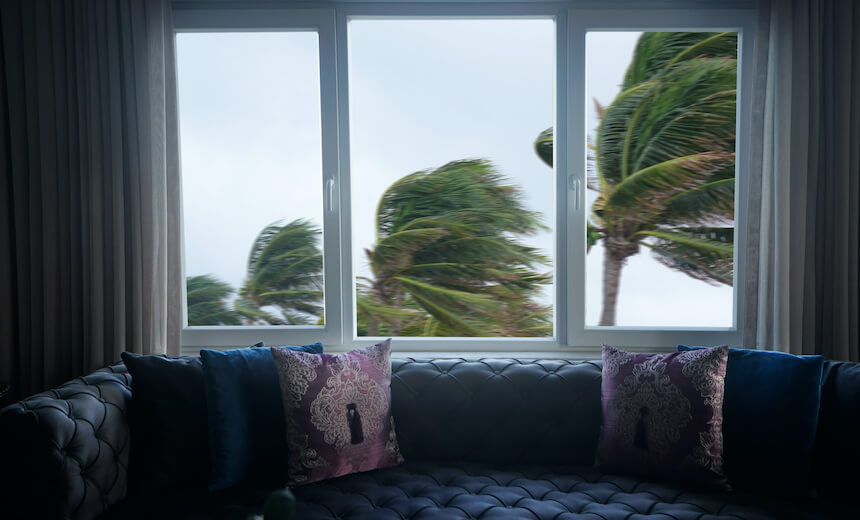Every 65 seconds, someone in the United States sustains a burn injury serious enough to require treatment. That’s 486,000 injuries a year, and those burns can occur in a variety of ways—exposure to chemicals, sun, fire, electricity or hot liquids.
What Is a Scald?
One of the most common types of burn is a scald. A scald burn occurs when your skin comes into contact with a hot liquid, such as hot water from a tub faucet or cooking oil from an overturned pot on the stove. People are at the greatest risk of a scald when bathing and cooking, and scalds represent 34 percent of all overall burn injuries admitted to U.S. burn centers. Children are most vulnerable to this type of burn—62 percent of scalds occur in children younger than 5 years old.
Categorizing Burns
All burns, whether from scalds, sun, chemicals or fire, are categorized in terms of severity.
First degree burns are like bad sun burns. Although the skin may be red and feel painful, the damage to the skin is superficial, and there is no open wound or blistering.
Second degree burns (also known as partial thickness burns) are blistered. The areas may be swollen and the skin is red, painful and moist.
Third degree burns (also known as full thickness burns) go through all the layers of the skin. These injuries can look white or charred. The skin surrounding the burn may feel numb or painful.
When to Treat Burns at Home 
A burn that doesn’t result in a loss of skin or cause more than a few blisters can be treated at home. Do not put anything cold, like ice packs, on the burn because it will restrict circulation to the area, delaying healing, or even make the wound worse. Instead, if the skin is not open or blistered, a moisturizer, like cocoa butter, can be applied. Do not rub butter or oil on the injury.
Do not break any blisters because that could lead to infection. If needed, lightly wrap or tape a sterile non-stick gauze over the burn to reduce rubbing and pressure, and change the dressing once a day.
Burns can take up to three weeks to heal. If you have additional symptoms such as increased pain, redness, swelling, oozing or red streak from the burn, talk with your doctor right away because your wound could be infected.
Why Go to a Burn Center?
Burns are a specific type of wound that requires specialized care not offered at urgent care locations or most hospitals. Without that care, burns can become infected. In addition, people with serious burns have unique pain management, nutrition, wound care and therapy needs. Burn centers are made up of a team of healthcare professionals who have received specialized training for triage assessment, treatment and rehabilitation of patients with burn injuries.
When to Get Medical Attention for a Burn
Any burn that results in the loss of skin or in more than a few small blisters requires medical attention. More specifically, your burn injury needs to be treated at a burn center if there are:
- Partial thickness burns that cover more than 10 percent of the total body surface area
- Burns that involve the face, hands, feet, genitals, perineum or major joints
- Third degree burns (for any age group)
- Electrical burns, including from lightning
- Chemical burns
- Inhalation burns
- Burn injuries in patients with preexisting medical disorders that could complicate recovery
- Burns and other injuries that pose a life-threatening risk
- Burned children who are in hospitals that don’t have the personnel or equipment to care for children
- Burn injuries in people who require special social, emotional or rehabilitative intervention
Preventing Burns
Besides being aware of the dangers of burns, take steps to prevent burns from occurring.
- Turn pot and pan handles toward the back of the stove to keep out of children’s reach.
- Keep hot drinks away from the edge of the table.
- Don’t carry a child and hot food or a hot drink at the same time.
- Keep the cord of cooking appliances (slow cooker, pressure cooker) out of reach of children.
- Warm infant bottles in warm water, not in the microwave.
- Set hot water heater temperature for a maximum of 120˚.
- Always check bath water temperature before placing a child in the tub.
Step Up to Healthy Living with Health Beat
At Orlando Health, we want to help you live a healthy, balanced life. Sign up today to have Health Beat delivered to your inbox on a bimonthly schedule.
Sign Up










